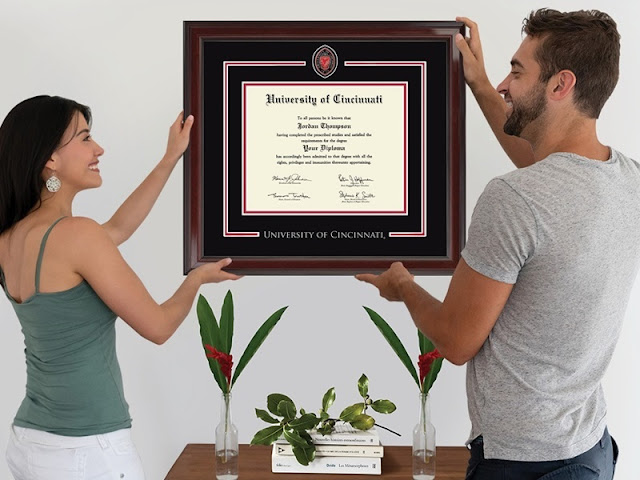A Guide to Ceramic Honing Rod: Revive Your Dull Japanese Blades
If you have been wondering how often you should sharpen a Japanese knife, the answer is not too often. During the sharpening process, the abrasive stone removes part of the metal from the blade, hastening its wear. You can utilise techniques like honing to keep the knife's cutting edge sharp. Therefore, the ceramic honing rod is an essential tool for maximising your kitchen knives' performance.
The Basis
Sharp your Japanese knives with ease by utilising a user-friendly ceramic sharpening rod. Those who have been using ceramic sharpening rods in their kitchen for a while can’t imagine being without them anymore. However, those who are hesitating should understand some of the basis before shopping.
A ceramic honing rod won’t sharpen your knives. Honing is the process of correcting the cutting-edge line of a blade to keep it sharp without removing material. This is accomplished with a rod composed of several abrasive materials, the most common of which is ceramic. The rod is generally attached to a handle for simple use.
Its hardness allows the cutting edge to be forced back into alignment, restoring its original shape and removing rolling flaws. Steel's elasticity and ductility allow you to sharpen a knife repeatedly until only minor defects appear on the cutting edge.
Honing does not remove metal particles from the cutting edge; therefore, the blade doesn’t wear off and its service life is extended. During honing, you simply bring the rolled areas of the edge back into line and return the blade to its original shape.
Ergonomics
Nowadays, almost all ceramic sharpening rods are lightweight and do not require any specific expertise. Most of these rods have ergonomic grips for ease of use. Some handles include a hanging wire, allowing you to hang them wherever you want.
A decent handle should offer a pleasant grip when in use. If the ceramic sharpening rod slips out of your palm, it can harm the edge. The greatest rods include grips that are pleasant and secure in your hands. Wearing a finger guard might also help protect you from cuts.
The shape of your honing steel is also important to consider. For example, due to the oval shape, the ceramic surface's contact with the blade improves. This makes the honing stick easier to use for beginners and novice chefs. Flat-shaped rods, on the other hand, provide a greater contact area, enabling faster and more effective edge honing.
There are also square ceramic rods. They have different grit levels: two have a higher grit, while the other two have a lower one. As a result, the degree of knife honing may differ depending on how dull the knife blade is. Keep in mind that if you use a square rod carelessly, the sharp edges may cause damage to the blade.
Features
There are two types of honing rods: hard black and even harder white. The black is much finer, while the white is slightly rougher, like a 4,000-grit stone vs. a 6,000-grit one. If you hone regularly, the black rod will be kinder on your edge and create a somewhat smoother shine, but you will need to use it more often.
Most individuals prefer the white ones because they are harsh with their knives and do not hone them regularly. Those who are serious about their knife collection will have two: a black rod for severe fine-tuning and collector's goods, and a white one for everyday use.
Also, those who take their rod collection seriously should consider storing them in a leather strop. Created for barbers, strops give your blades the ultimate, razor-like sharpness right out of the box. They're constructed of Latigo leather with an exceptionally fine texture that picks up and removes any remaining burrs. If you do it perfectly, you should see your reflection on the edge.
Ease of Use
One of the primary reasons you should begin sharpening your Japanese knives with a honing rod is that it is easy to use and requires no additional skills. However, for safety reasons, you should understand how to operate it properly.
Draw the knife evenly towards you, edge first, making a 20–25-degree angle between the honing rod and the knife. After each stroke, alternate sides while keeping a precise angle. Hone the knife 6-8 times on each side, and it is ready for use. If you don't want to hone yourself, you can place the rubber ring at the top of the handle on a tabletop. Then, insert the ceramic rod, allowing you to draw the knife from the handle to the rubber ring without injuring yourself.
Ceramic rods also have a unique design in that the hilt acts as an angle guide when you position your knife's spine along it. The thinner side forms a 15-degree angle for Japanese blades, while the wider side forms a 22-degree angle for Western-style knives.




Comments
Post a Comment